Naoto Fukasawa sparks children’s imaginations with play sculptures
The Japanese designer creates an intuitive series of bold play sculptures, designed to spark children’s desire to play without thinking

'Children don’t need to be told how to play – an object just has to catch their attention and make them excited to play, without conscious thought,' says Naoto Fukasawa. 'I’m trying to help kids be creative by letting them find their own way to play.'
The legendary Japanese designer is sharing his thoughts on play while seated on a chair perhaps unlike any other he has designed during his decades-long career: it’s tiny in size, tomato red in colour and has smooth, simple curves. Nearby scattered on grass is the bright, clean form of a blue box with circular holes, a sunshine yellow house and an undulating green ring, upon which a toddler is happily clambering.
This is ‘Yuugu’, Fukasawa’s first collection of children’s play sculptures, created for the Japanese company Jakuets, a progressive pioneer in educational play. Colourful, intuitive and playful, the new collection launched with an outdoor installation at Triennale Milano during Milan Design Week.
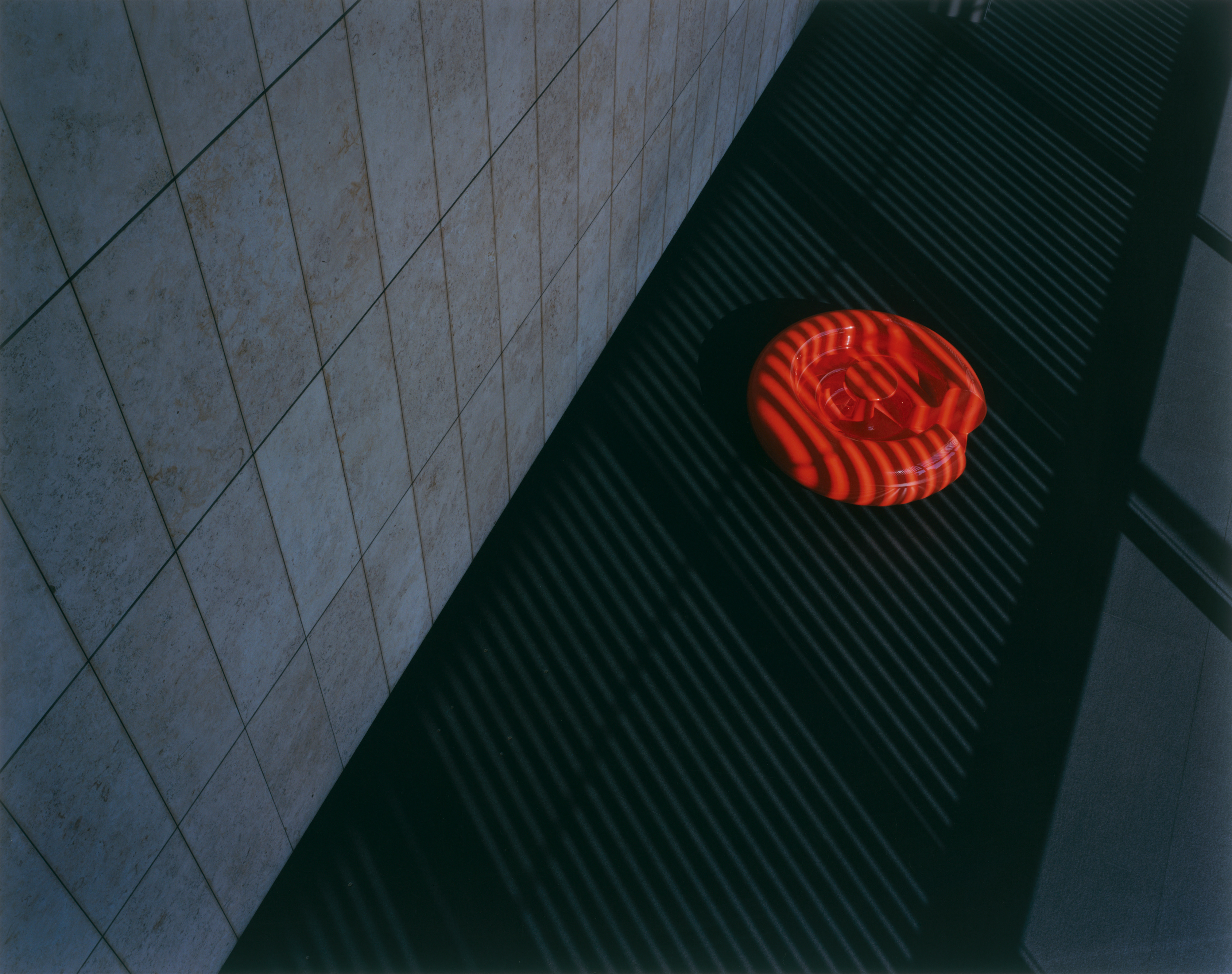
'Donut', Jakuets Yuugu series
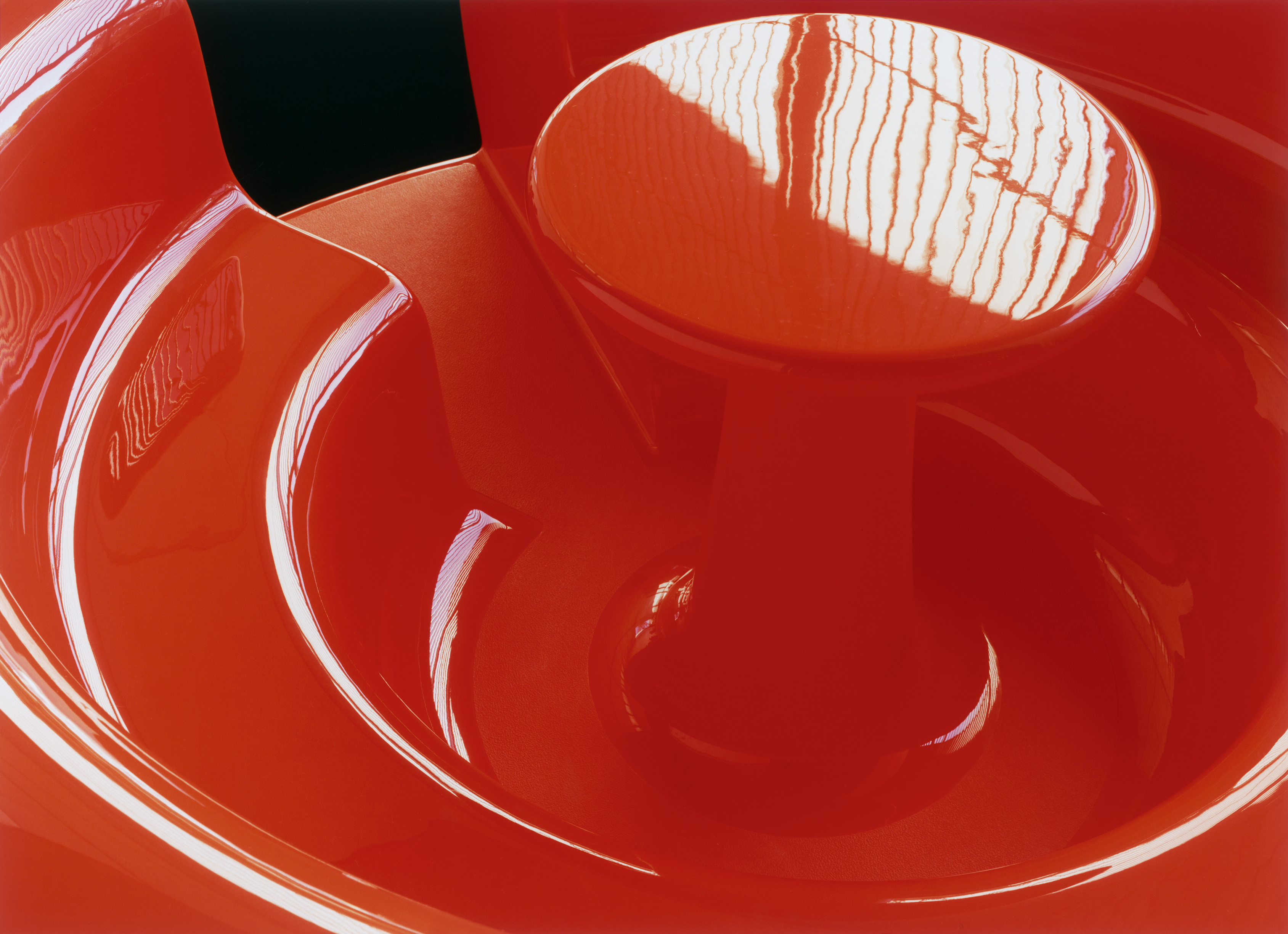
'Donut', Jakuets Yuugu series
Since launching in 1916, Fukui-based Jakuets has spent over a century exploring the meaning of play. Today, it works with 40,000 nursery school and daycare centres across Japan, producing playground equipment, nursery installations and educational material.
‘Yuugu’ – Jakuets’ first collection launched overseas – aims to share the borderless language of play through Fukusawa’s creative perspective, balancing so-called 'imagination triggers' with intuitive function and quality design.
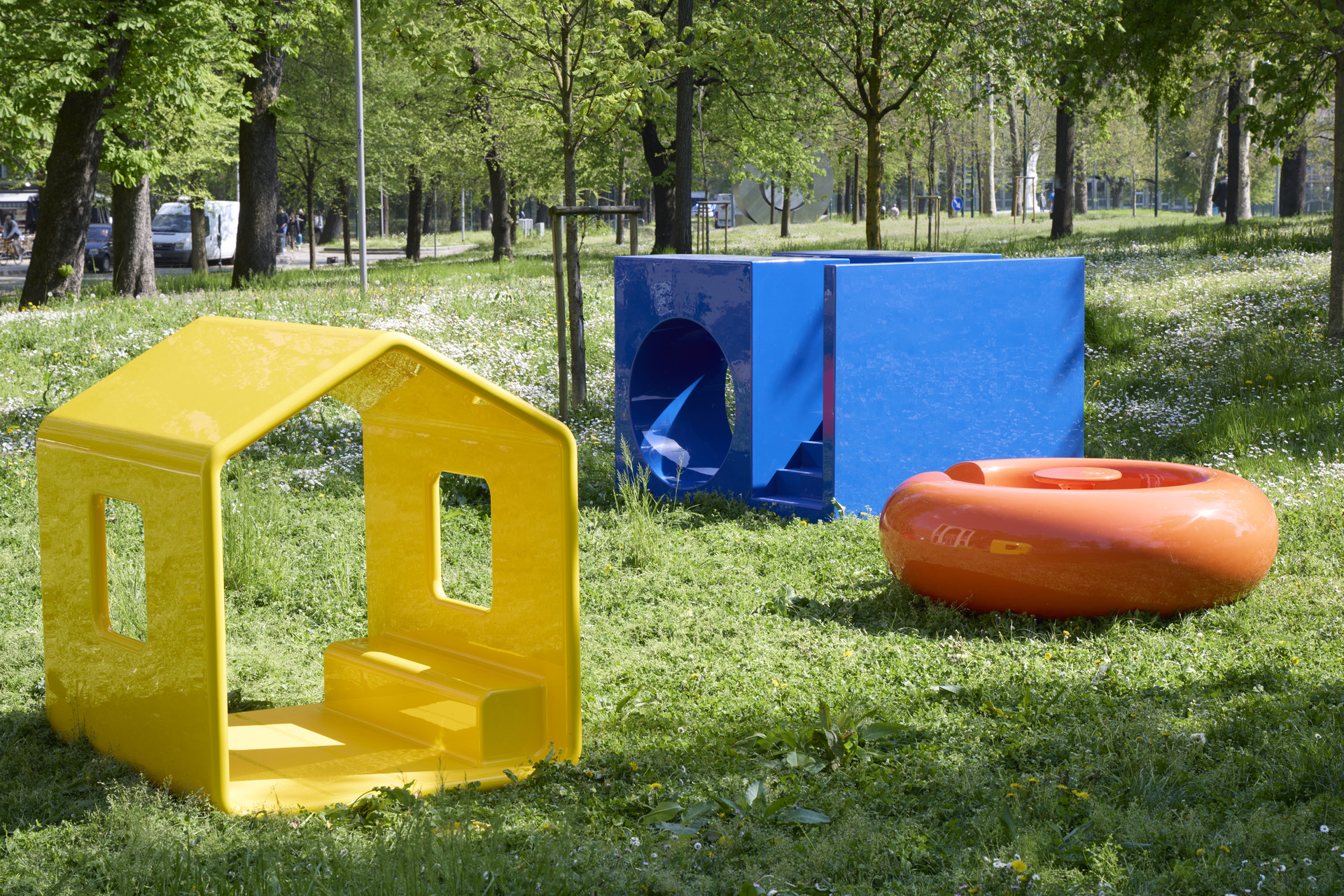
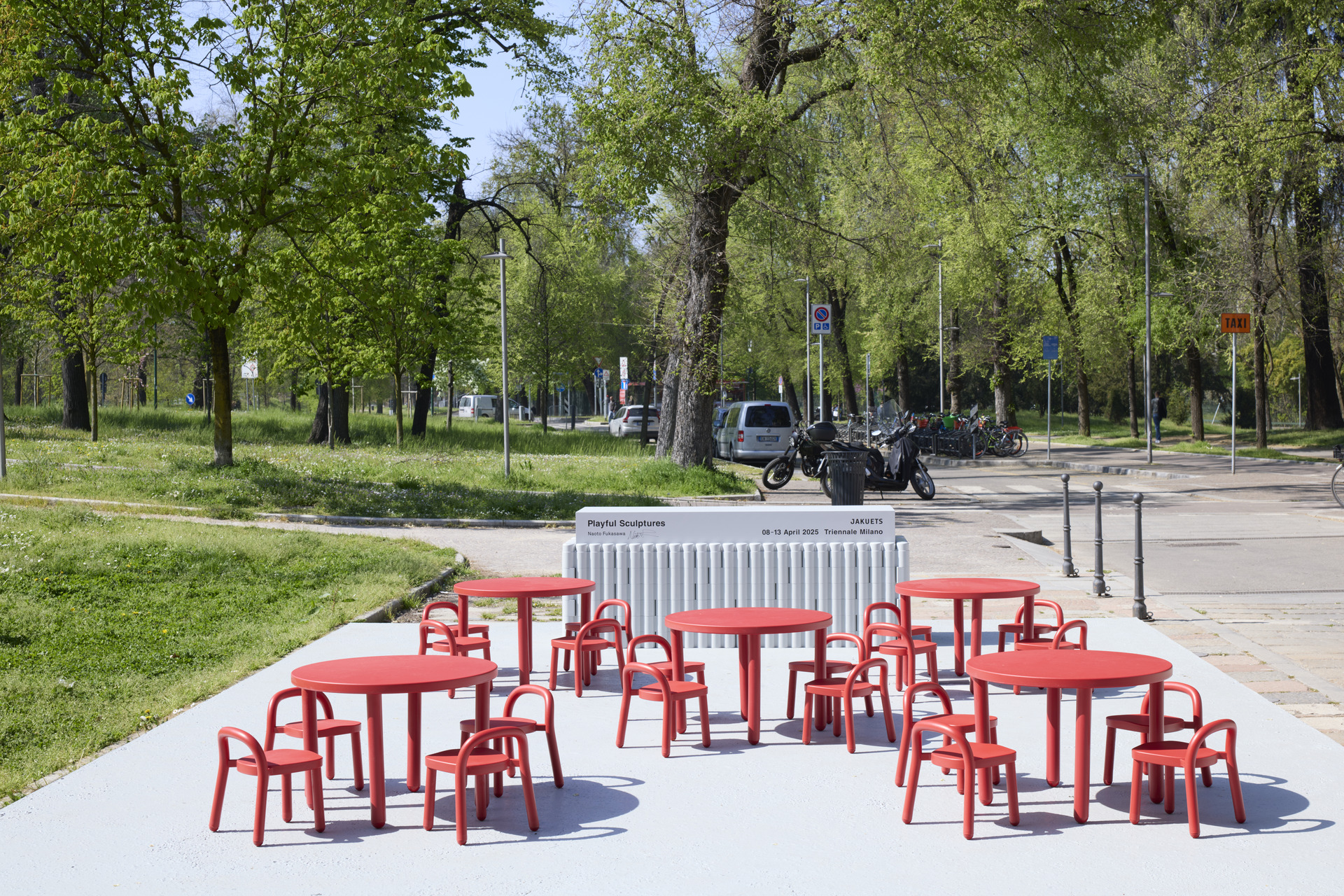
'Kids can play in any environment,' Fukasawa tells Wallpaper*, while seated at a small but perfectly formed red ‘Piccola’ table from the new collection. 'An object doesn’t need to be too obvious in telling them how to play. It has to catch their attention – they see it and say wow and are drawn to it.
'They might use a basic function – like a slide – but they quickly create their own way of playing, so objects don’t need to be too expressive. They have to fit into the surrounding environment and appeal to adults as well as children.'
Receive our daily digest of inspiration, escapism and design stories from around the world direct to your inbox.
During the conversation, a handful of children spontaneously stop to explore. The new play sculptures scattered on the grass have simple lines and curves in bold shades (red, blue, green, yellow), their shapes made in carbon fibre using a wooden master mould.
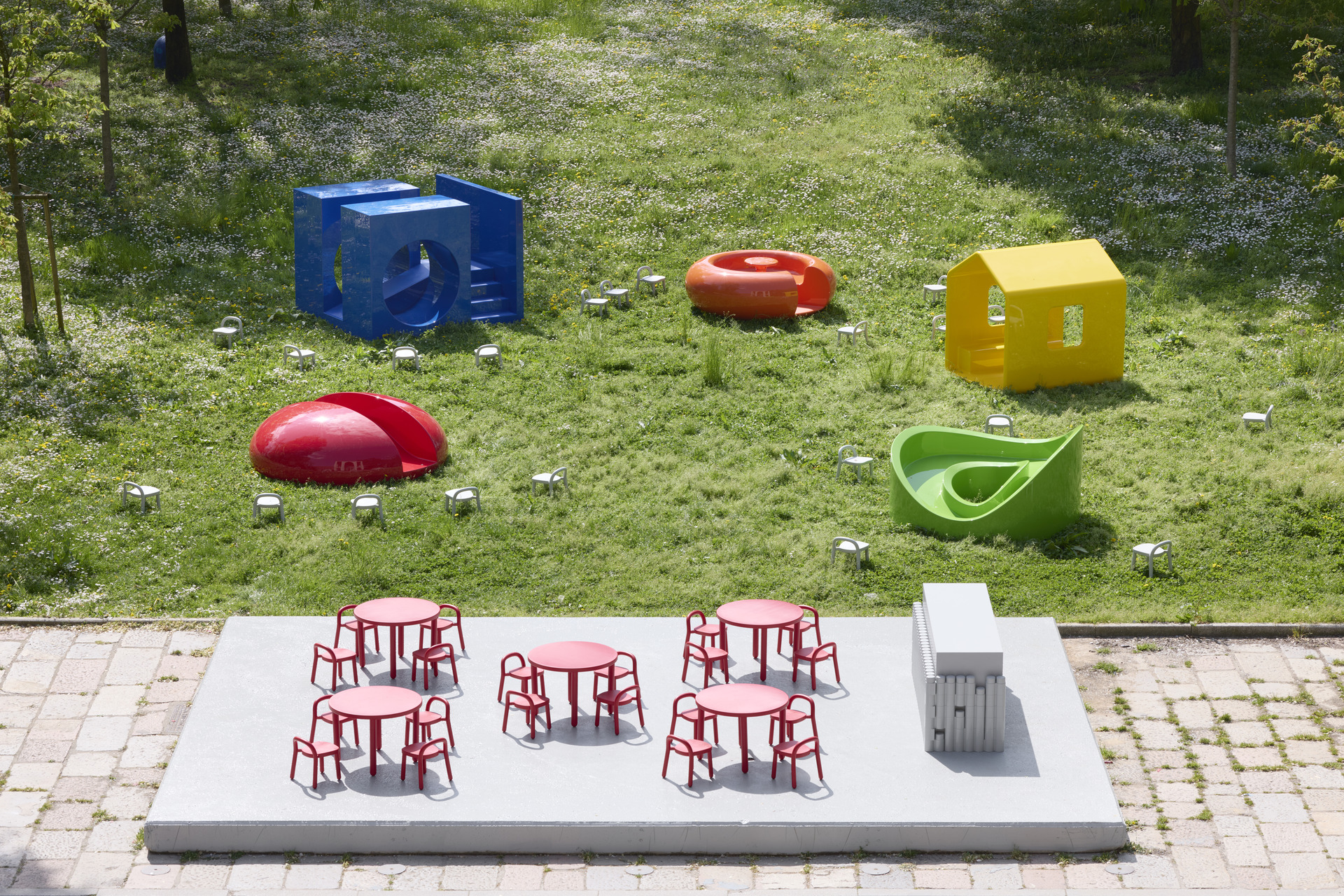
'Surfaces are so important,' he says. 'Fingers and hands have to stick to hold their weight. They must be safe and make children excited, without thinking. Yesterday when I arrived, there was a little girl collecting all the chairs and putting them in a pile.'
There is ‘Omochi’, its bright red shape, round and smooth, resembling a Japanese rice sweet; ‘Banri’, a circular green pathway in undulating heights; ‘House’, a yellow wendyhouse shaped structure; ‘Donut’, with rounded red edges; and ‘Cube’, a blue box with circular cut-outs.
'“Cube” was actually from the imagination of Tadao Ando’s building,' says Fukasawa. 'Often, Ando-san’s architecture does not go straight, there are detours, a journey to follow. Adults can enjoy these play objects too. We want to show people how to have a happy quality of life through these objects.'

'Banri', Jakuets Yuugu series
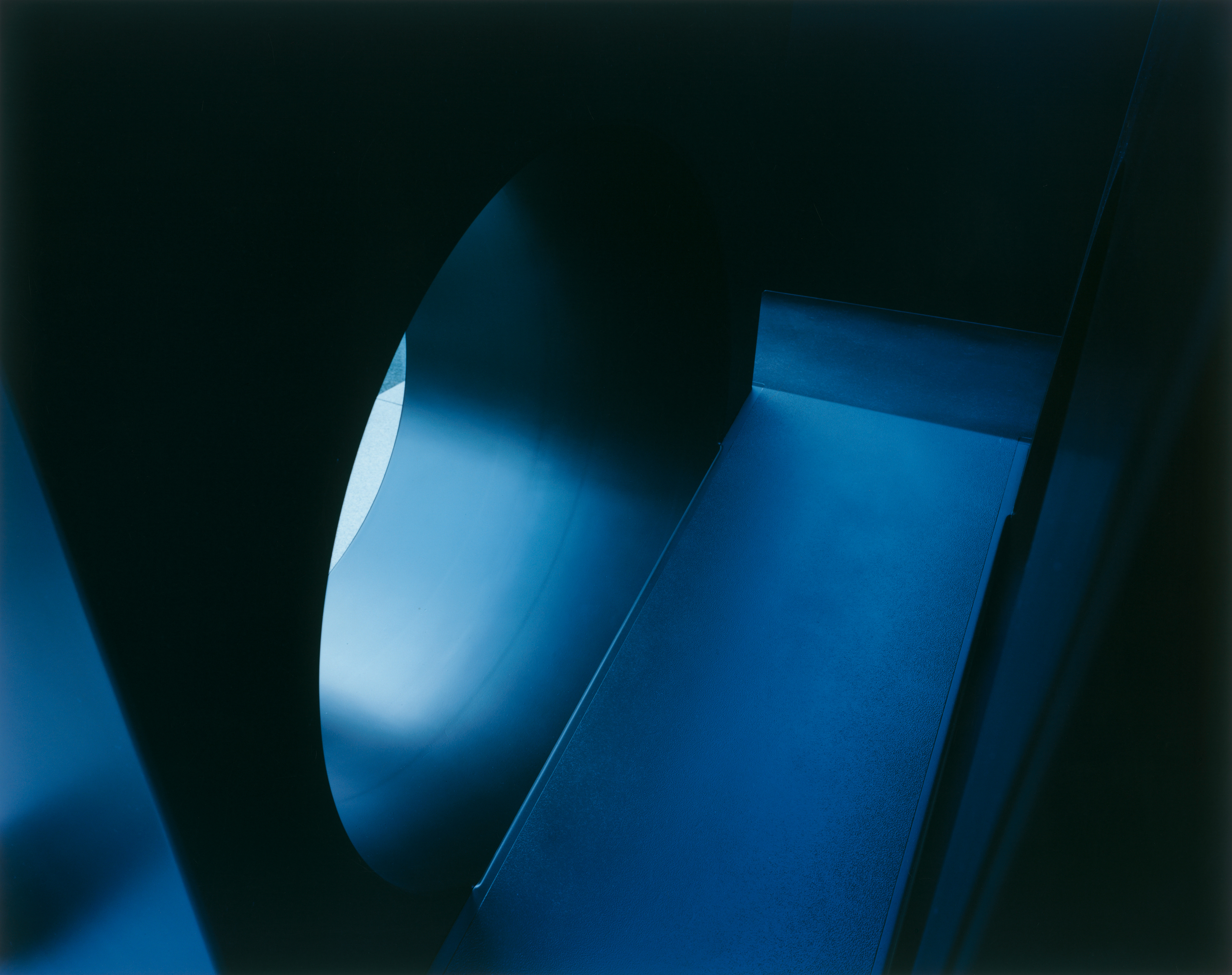
The collection is underpinned by Jakuets’ elemental idea of embracing play as an interconnected 'microcosm of what an inclusive, holistic society could look like', as Haruko Tokumoto, manager and fourth generation of the family-run company, adds: 'Play is so important for life. It’s about giving children the freedom to choose how they want to play.
'This is the first time we’ve introduced our play equipment outside Japan. But there are no cultural barriers – children everywhere know how to play. It goes beyond language.'
Danielle Demetriou is a British writer and editor who moved from London to Japan in 2007. She writes about design, architecture and culture (for newspapers, magazines and books) and lives in an old machiya townhouse in Kyoto.
Instagram - @danielleinjapan
-
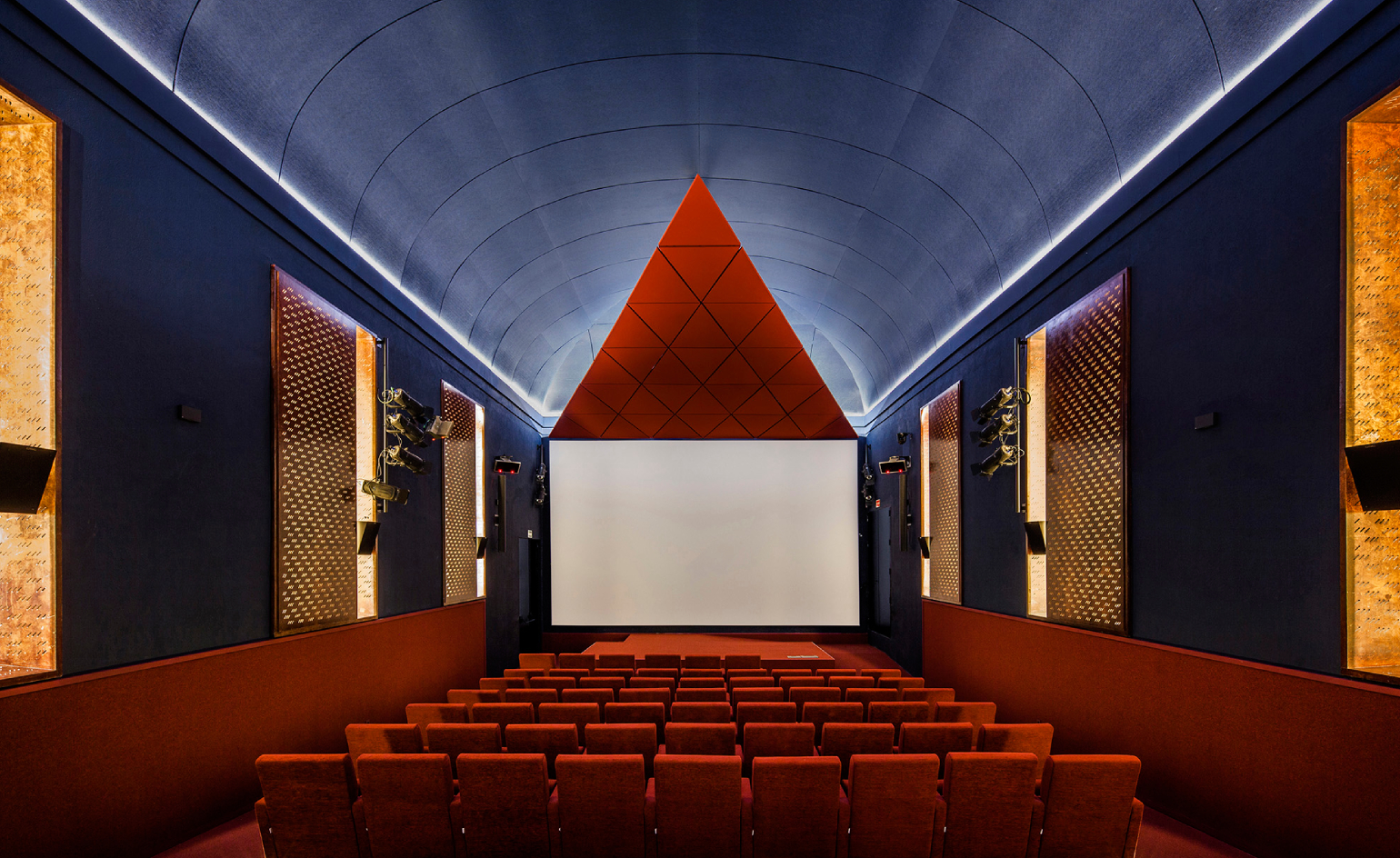 A striking new cinema glows inside Madrid’s Reina Sofia Museum
A striking new cinema glows inside Madrid’s Reina Sofia MuseumBarcelona-based studio Bach reimagines a historic auditorium as a crimson-and-blue dreamscape
-
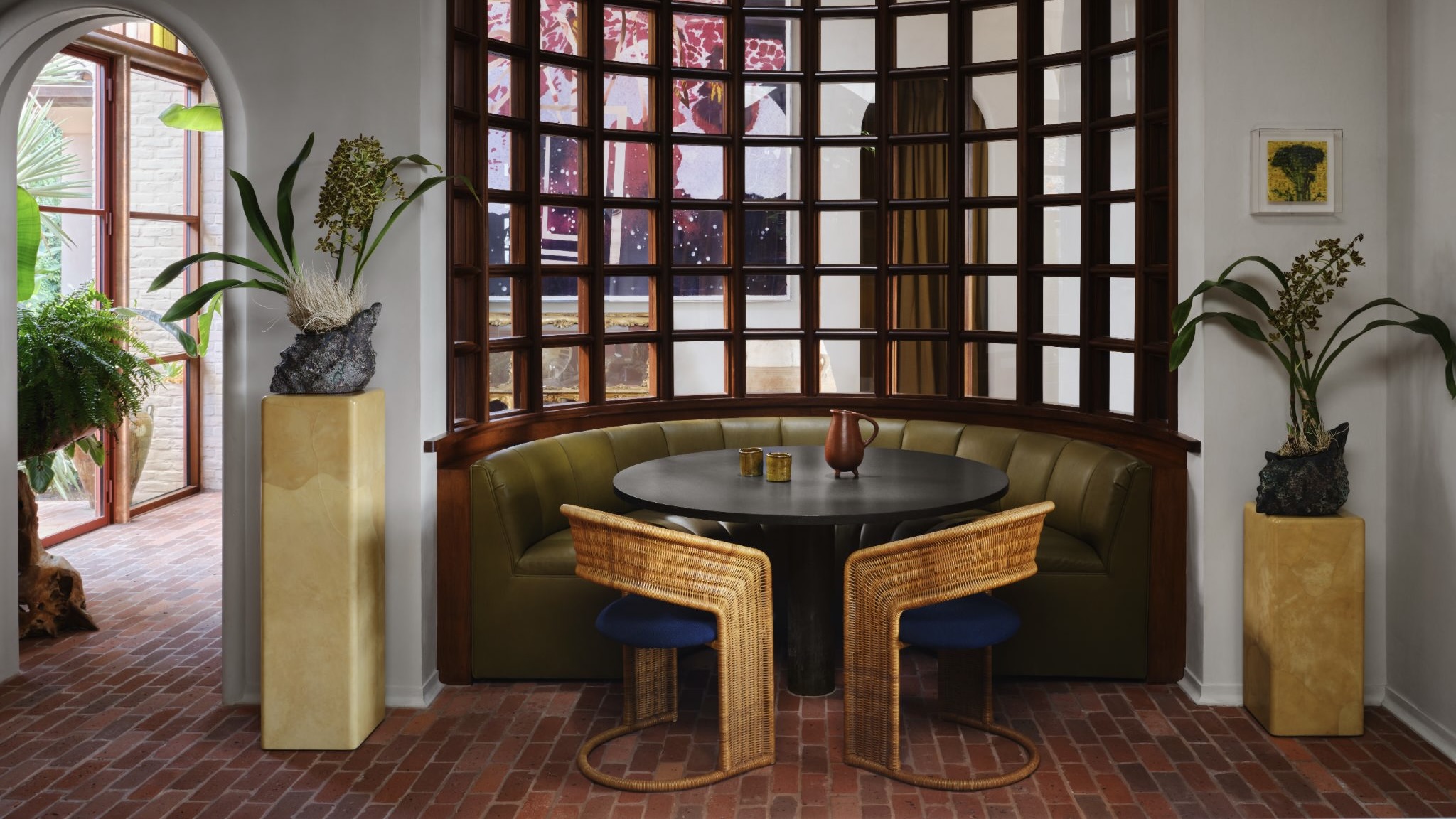 How an Austin home went from 'Texan Tuscan' to a lush, layered escape inspired by the Alhambra
How an Austin home went from 'Texan Tuscan' to a lush, layered escape inspired by the AlhambraThe intellectually curious owners of this Texas home commissioned an eclectic interior – a true ‘cabinet of curiosities’ layered with trinkets and curios
-
 Should your home have a patron goddess? This dramatic Minneapolis apartment does
Should your home have a patron goddess? This dramatic Minneapolis apartment doesInspired by the Celtic deity Brigid, interior designer Victoria Sass infused this Twin Cities aerie with flame-licked themes
-
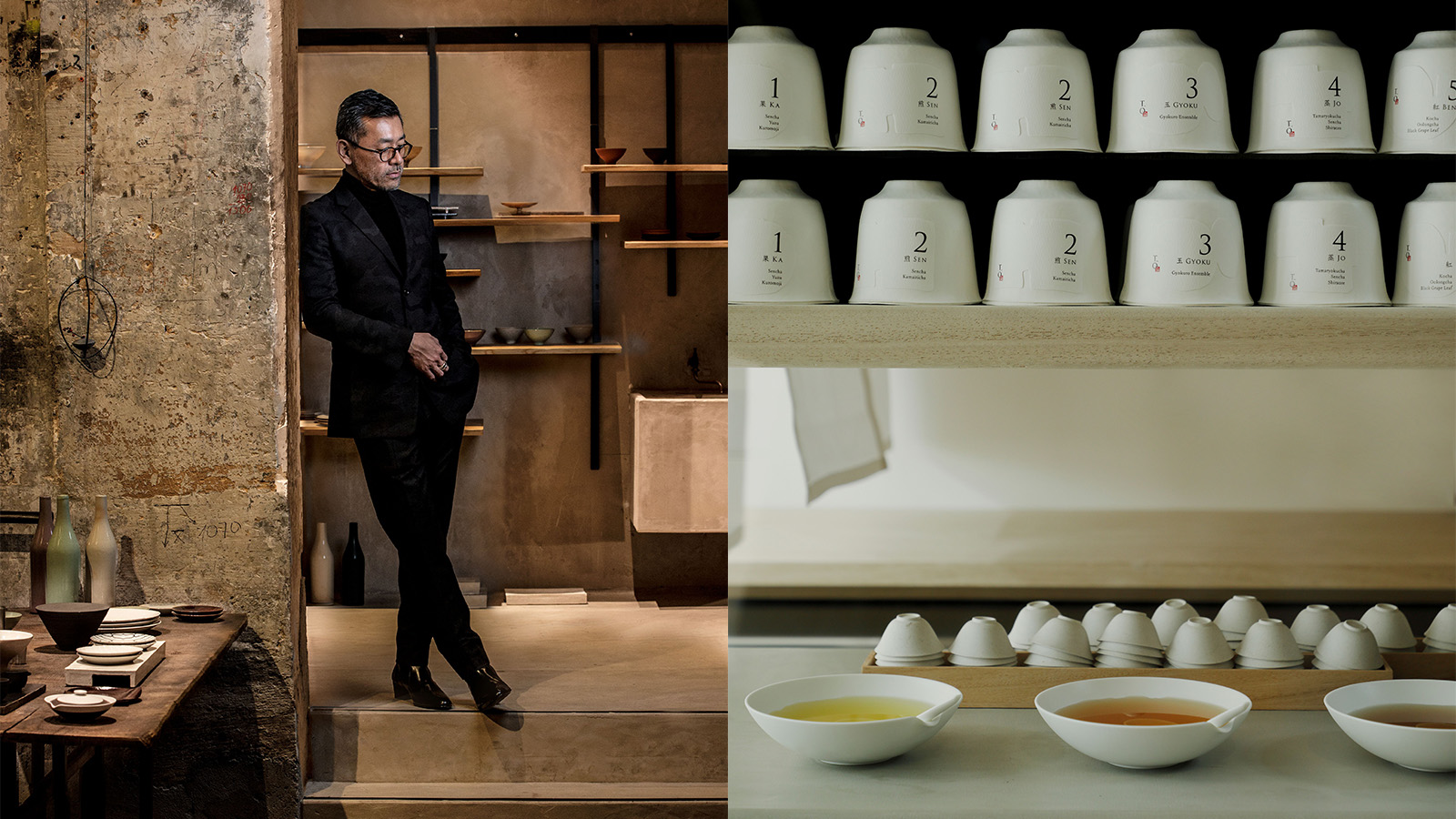 Japanese designer Shinichiro Ogata's latest venture is a modern riff on the traditions of his home country
Japanese designer Shinichiro Ogata's latest venture is a modern riff on the traditions of his home countryAs he launches Saboe, a series of new tearooms and shops across Japan, we delve into Shinichiro Ogata's creative vision, mirrored throughout the spaces and objects, rituals and moments of his projects
-
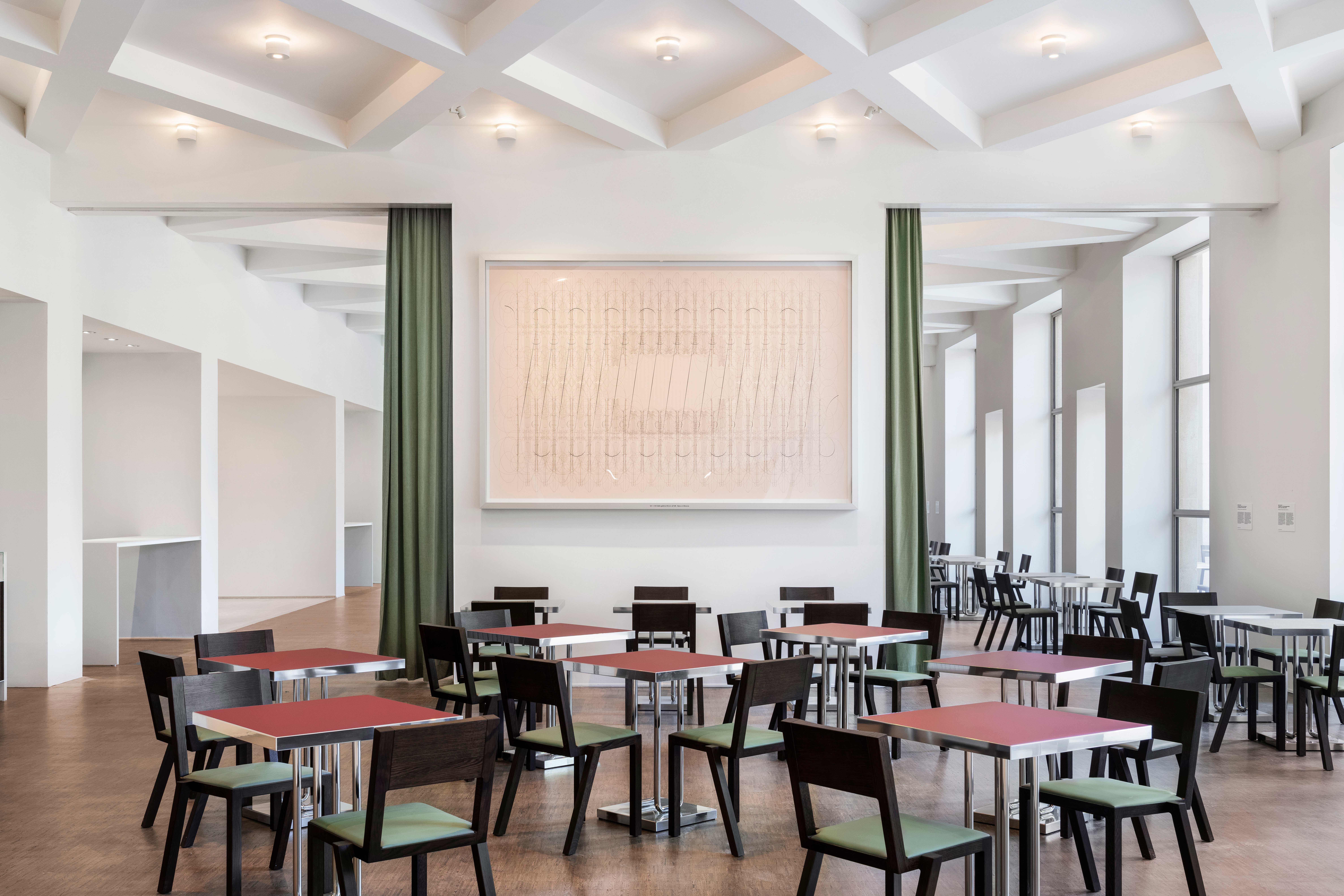 Dine within a rationalist design gem at the newly opened Cucina Triennale
Dine within a rationalist design gem at the newly opened Cucina TriennaleCucina Triennale is the latest space to open at Triennale Milano, a restaurant and a café by Luca Cipelletti and Unifor, inspired by the building's 1930s design
-
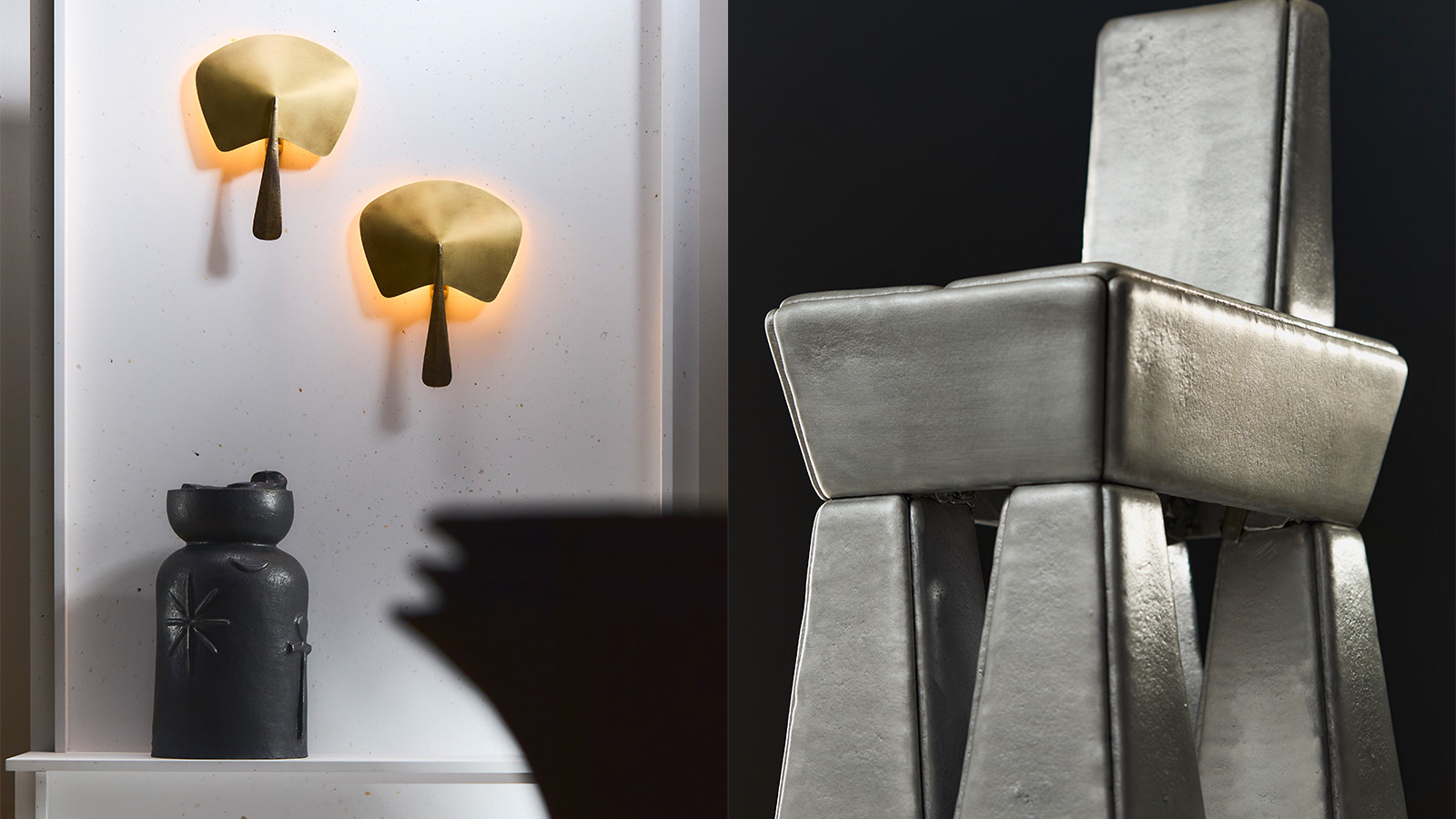 20 emerging designers shine in our ‘Material Alchemists’ film
20 emerging designers shine in our ‘Material Alchemists’ filmWallpaper’s ‘Material Alchemists’ exhibition during Milan Design Week 2025 spotlighted 20 emerging designers with a passion for transforming matter – see it now in our short film
-
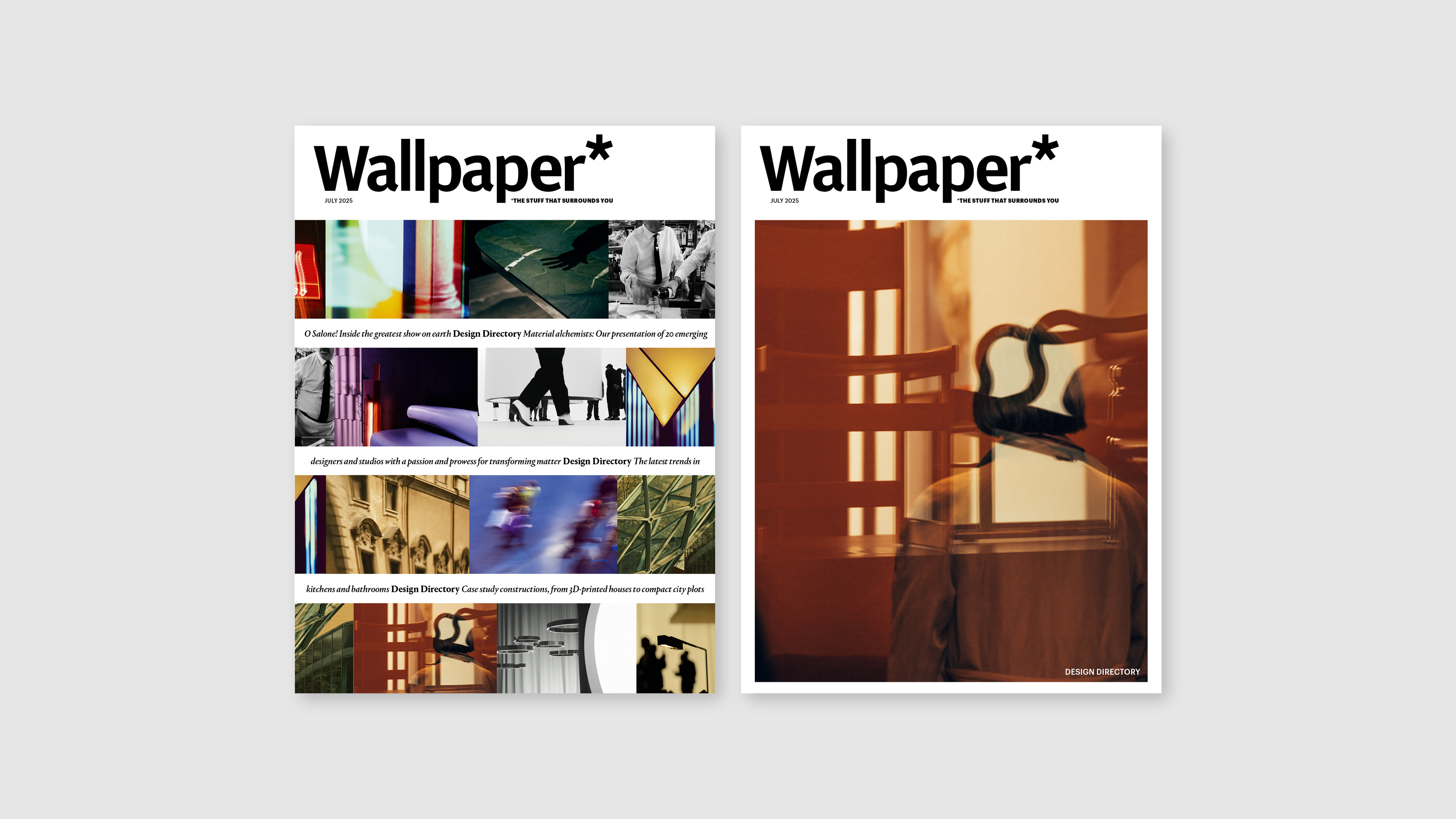 Delve into the Wallpaper* Design Directory 2025, on sale now
Delve into the Wallpaper* Design Directory 2025, on sale nowIn the July issue of Wallpaper*, find a photographic love letter to Milan Design Week, plus the best new furniture, lighting, kitchens, bathrooms and more
-
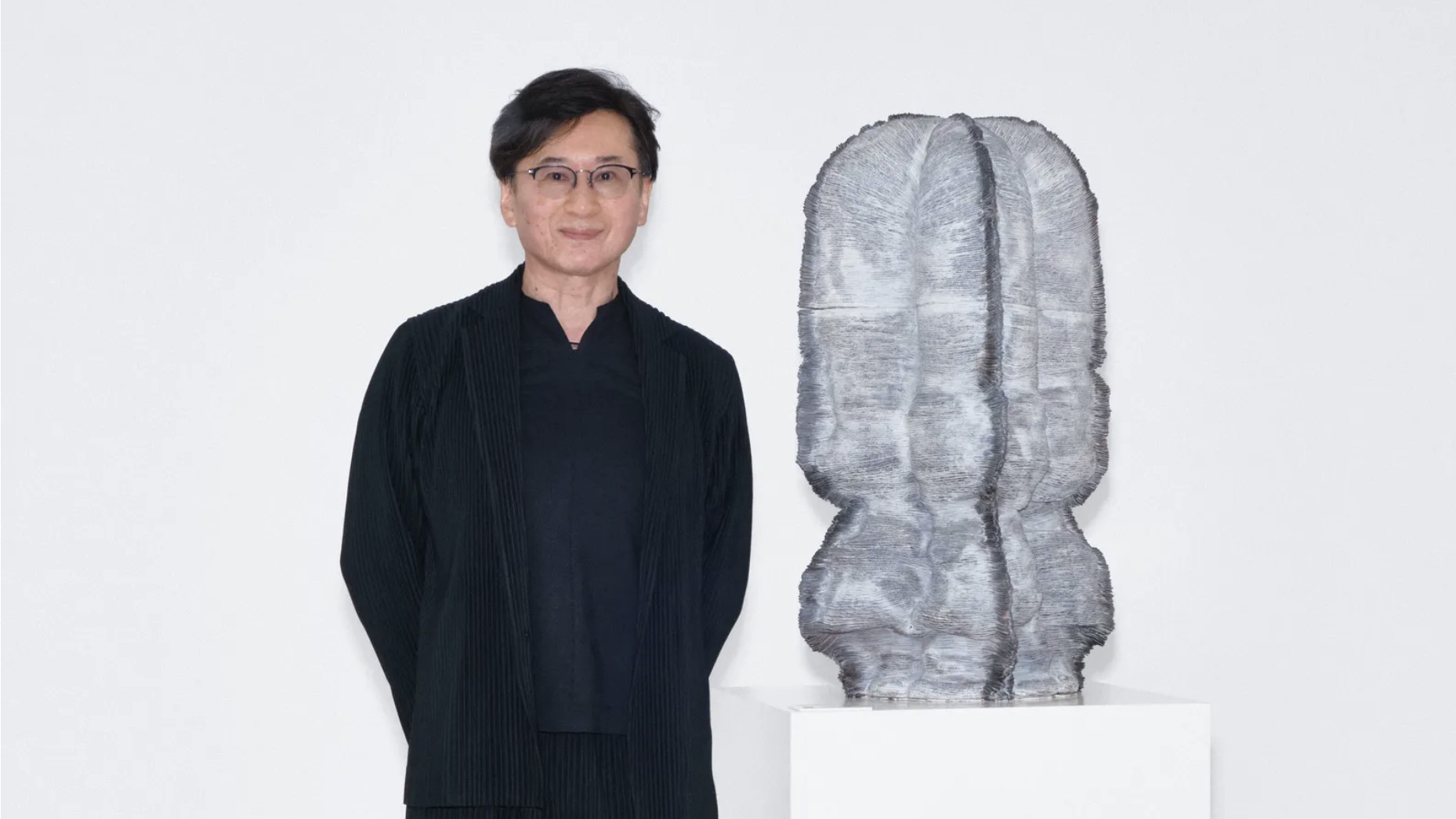 2025 Loewe Foundation Craft Prize winner announced as Kunimasa Aoki
2025 Loewe Foundation Craft Prize winner announced as Kunimasa AokiThe Japanese sculptor describes his work as ‘50 per cent tradition and 50 per cent innovation’
-
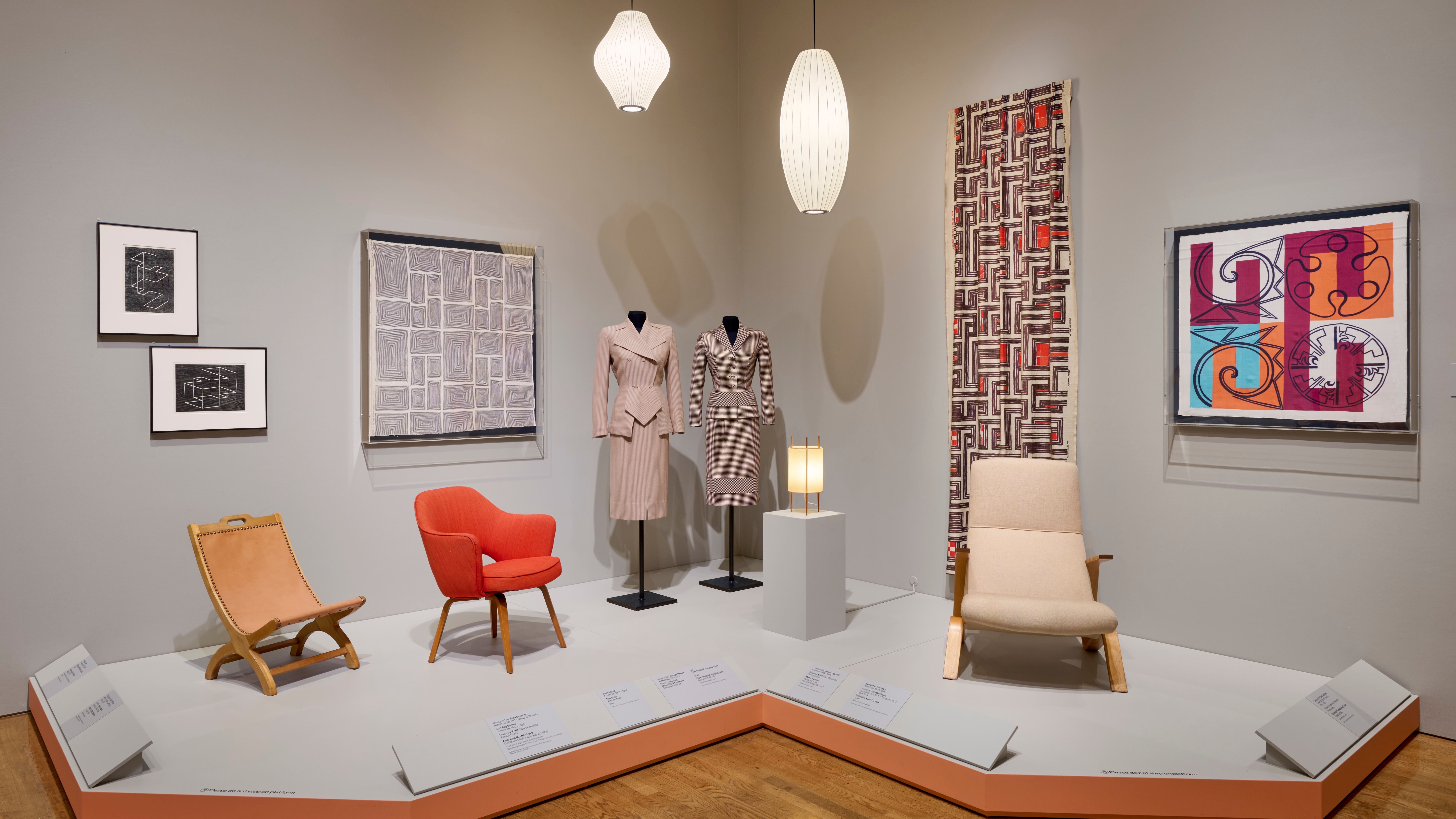 ‘Boom: Art and Design in the 1940s’ explores the creative resilience of the decade
‘Boom: Art and Design in the 1940s’ explores the creative resilience of the decadeNoguchi and Nakashima are among those who found expression and innovation in the adversity of the 1940s; take a walk through the Philadelphia Museum of Art exhibition
-
 Tokyo design studio We+ transforms microalgae into colours
Tokyo design studio We+ transforms microalgae into coloursCould microalgae be the sustainable pigment of the future? A Japanese research project investigates
-
 Ludmilla Balkis’ organic, earthy ceramics embody the Basque countryside
Ludmilla Balkis’ organic, earthy ceramics embody the Basque countrysideThe sculptor-ceramicist presents a series inspired by and created from found natural objects in a New York exhibition